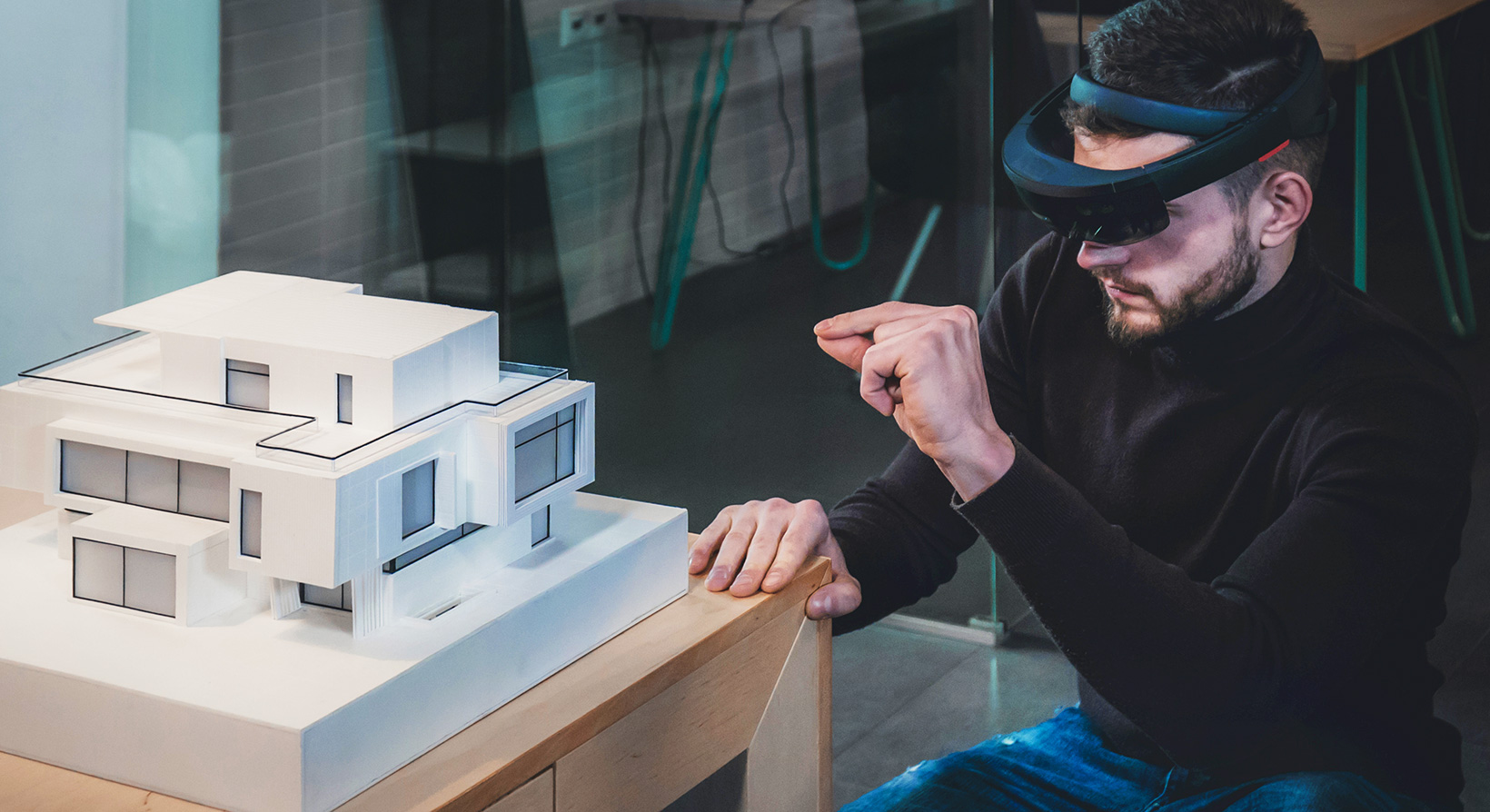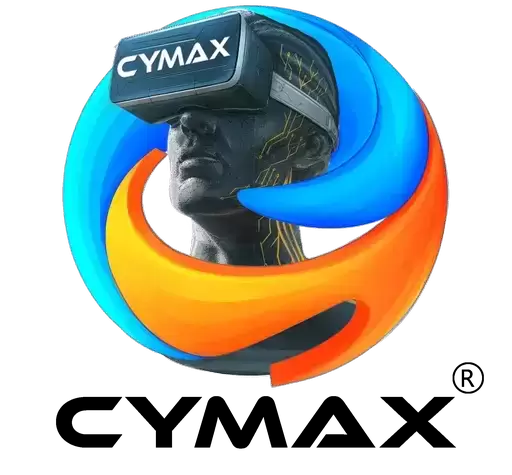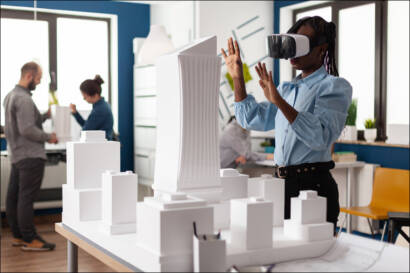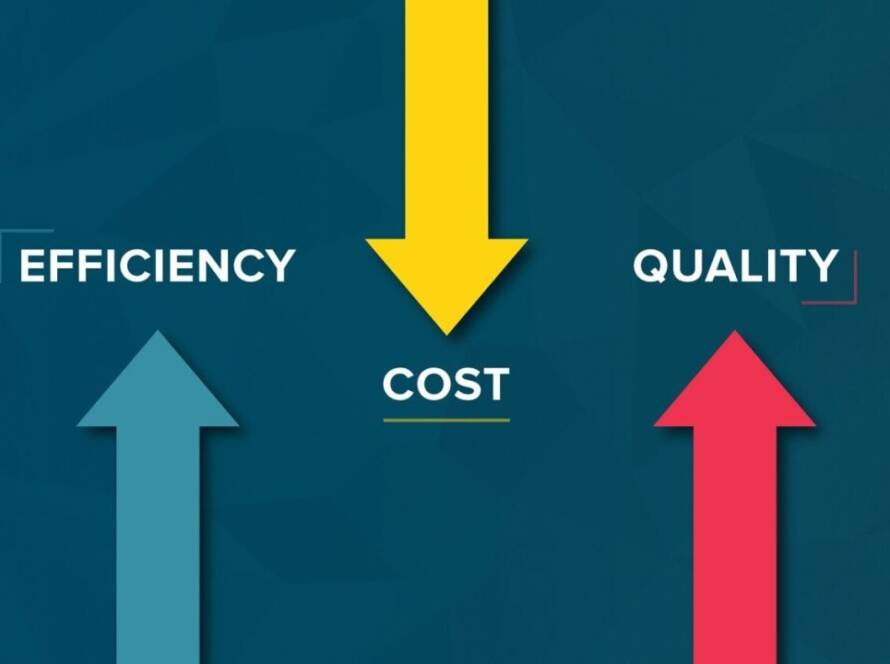
VIRTUAL ARCHITECTURE & REAL ESTATE – A NEW FORNTEIR IN PROPERTY DEVELOPMENT
Virtual architecture & Real Estate refers to the creation of digital representations of physical spaces or structures, allowing for enhanced visualization and interaction before the actual building process begins. Imagine strolling through a building that hasn’t even been built yet! software, architects can design 3D models of buildings, landscapes, and interiors, giving clients and stakeholders a better sense of the space. It’s like looking into the future of a property, and it’s changing the game for how we think about architecture and real estate.
 Virtual Tours
Virtual Tours
Virtual tours are a fantastic tool in developing a greater appreciation for a property without setting foot inside it. These 360-degree walkthroughs provide an immersive experience, allowing potential buyers to explore every nook and cranny of a home or commercial space from the comfort of their couch. This innovative approach not only saves time but also allows people to check out multiple properties in one sitting—great news for those with busy schedules. Plus, for anyone who may have mobility challenges, virtual tours make it possible to participate in the property search much more easily.
 Architectural Visualization: Bringing Concepts to Life
Architectural Visualization: Bringing Concepts to Life
Architectural visualization is another exciting aspect of virtual architecture. This process helps turn blueprints and sketches into lifelike images and animations, allowing everyone involved—from developers to buyers—to visualize the final product. It’s thrilling to see a concept come alive in vivid colors and details on a screen! For an architect, this means presenting their ideas more effectively to clients, ensuring everyone is on the same page regarding what the final design will look like.
Collaborative Design and Planning Tools
Collaboration in architecture benefits greatly from technology. Various software tools now allow different teams to work together in real-time, regardless of where they are physically located. Architects, engineers, and clients can all provide input and feedback simultaneously, much like a virtual conference room. This not only speeds up the design process but helps in catching potential issues early on. I can’t help but think how refreshing it would be for everyone involved to see their ideas come together in an interactive format instead of being limited to traditional meetings and phone calls.
Benefits of Virtual Architecture in Real Estate
 Cost-Effectiveness for Developers and Buyers
Cost-Effectiveness for Developers and Buyers
Virtual architecture can significantly cut costs for both developers and buyers. For developers, expensive physical models and lengthy on-site changes can be avoided by utilizing digital prototypes. Buyers also benefit; they can make informed decisions without needing to travel or invest in multiple site visits. This efficiency not only saves money but can lead to quicker transactions.
 Enhanced Marketing Strategies for Properties
Enhanced Marketing Strategies for Properties
Gone are the days when static photos were enough to entice buyers! Virtual architecture allows for enhanced marketing strategies. Real estate agents can create engaging, visually appealing content that showcases properties in their best light. Imagine an immersive online experience where clients can easily explore a luxury condo from all angles. This strategy doesn’t just attract buyers; it creates a buzz and increases the chances of selling the property quickly.
 Improved Accessibility and Convenience for Stakeholders
Improved Accessibility and Convenience for Stakeholders
Accessibility is a huge plus for virtual architecture! Stakeholders can view projects anytime and from anywhere, making participation in property development much more convenient. Busy investors or potential homeowners with tight schedules can take virtual tours whenever they have a free moment, making it easier for them to stay updated and involved in the process without overwhelming commitments.
The Future of Virtual Architecture and Real Estate
Trends Shaping the Industry
As technology continues to evolve, it’s exciting to predict what the future holds for virtual architecture and real estate. We can expect to see growing integration of artificial intelligence in design processes, and perhaps even blockchain for secure property transactions. Also, with the rise of sustainability awareness, it’s likely that many companies will focus on eco-friendly designs and materials, which can be showcased through virtual means.
The Role of Virtual Reality and Augmented Reality
Virtual reality (VR) and augmented reality (AR) will undeniably play major roles in shaping the future of real estate. VR can allow buyers to walk through properties as if they were truly there, while AR can overlay digital information onto the real world, providing additional context about features or nearby amenities. Just picture walking through your dream home and pointing your device to see what kind of renovations might fit there—it’s an exciting thought!
Embracing virtual architecture and real estate can open up a world of possibilities that meld creativity and technology, bringing us closer to a future where the process of property development is seamless, engaging, and highly effective for everyone involved. Why not venture into this exciting realm today? Join us we are Cymax Pioneers in this technology

 Virtual Tours
Virtual Tours Architectural Visualization: Bringing Concepts to Life
Architectural Visualization: Bringing Concepts to Life Cost-Effectiveness for Developers and Buyers
Cost-Effectiveness for Developers and Buyers Enhanced Marketing Strategies for Properties
Enhanced Marketing Strategies for Properties Improved Accessibility and Convenience for Stakeholders
Improved Accessibility and Convenience for Stakeholders